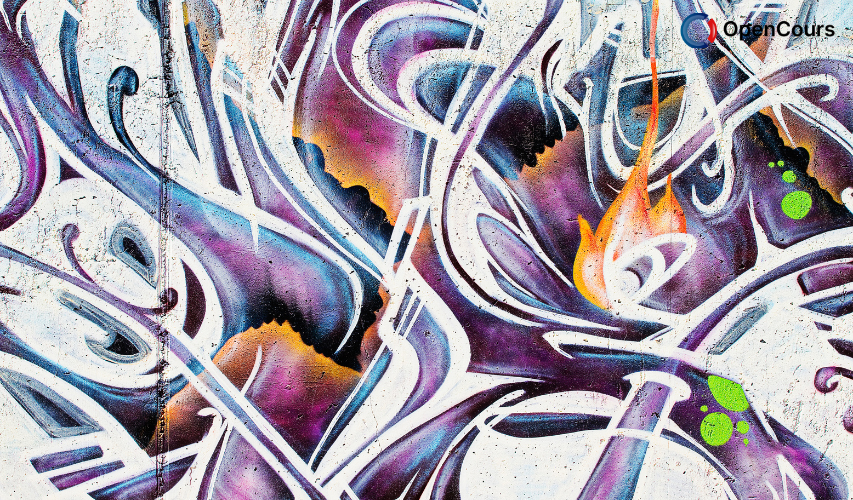Home » Course Layouts » Free Course Layout Udemy
This course explores controversies associated with the practice of 'veiling' within Islam. The Islamic 'veil', be it in the form of the hijab, niqab, jilbab or burqa (we shall explore this terminology in more detail later), has been at the center of many different controversies. Many of these controversies can be understood in the context of debates about different citizenship models and different understandings of the roles, rights, and demands of faith groups in society. In some instances, such controversies have resulted in legal disputes and the creation of new laws.
0
1
Introduction This course explores controversies associated with the practice of ‘veiling’ within Islam. The Islamic ‘veil’, be it in the form of the hijab, niqab, jilbab or burqa (we shall explore this terminology in more detail later), has been at the center of many different controversies. Within the European and North American context, public debates around ‘veiling’ often evoke stereotypical images associating the Islamic ‘veil’ with ‘gendered oppression’, political and/or religious extremism, ‘otherness’, refusal to be a ‘good citizen’ and irreconcilable difference between ‘the modern West’ and ‘Islam’ (Sinclair, 2012). ‘Face-veils’ in particular have also been condemned on the grounds of perceived security, health and safety issues or the need to clearly identify the wearer. In other contexts, particular styles of ‘veiling’ are culturally regarded as the ‘norm’ and are socially expected. In some countries, such as Iran, particular forms of ‘veiling’ are legally enforced in public spaces, and political leaders stereotypically associate ‘veiling’ with decency, dignity, respectability and responsible citizenship, and present women’s decision not to ‘veil’ as indecent, immoral, undignified, ‘un-Islamic’, anti-social and so on. As the sociologist and anthropologist Annelies Moors points out, ‘what is perhaps most striking is the force with which politicians feel the need to fix the meanings of items of dress Muslim women wear’ (2010, p. 112). Or, as Reina Lewis, Professor of Cultural Studies at the London School of Fashion, puts it: ‘The veil […] is a garment fought over by adherents and opponents, many of whom claim their understanding of the veil’s significance is the one and true meaning’ (2003, p. 10). The discrepancy between one-dimensional representations of the ‘veil’ in many public debates and the multifaceted, complex ‘reality’ of ‘veiling’ practices has led to many misunderstandings and has been the source of many controversies. In comparison with other pieces of clothing, interpretations of the symbolic meaning of the ‘veil’ and of ‘veiling’ practices seem to be particularly diverse and contested, among both non-Muslim and Muslim men and women. However, it is important to remind ourselves that apart from fulfilling practical functions, such as comfort, warmth, and protection from the sun or from rain, every piece of clothing is loaded with symbolic meaning. The interpretation and careful negotiation of dress codes pose everyday dilemmas for many people and are clearly not limited to Muslim women. What to wear or not to wear is a decision most people face on a daily basis across the world within very different contexts, and this decision can be influenced by a vast range of different factors and can provoke a wide range of different reactions. Apart from financial constraints and consideration of weather conditions, there are complex sets of norms, social expectations and notions of what is considered to be socially acceptable or fashionable that influence what we wear and what we expect others to wear. Wearing a bikini or pajamas to work in an office is, for example, likely to raise some eyebrows and could even cost you your job. As the anthropologist Emma Tarlo points out:
No Reviews found for this course.





